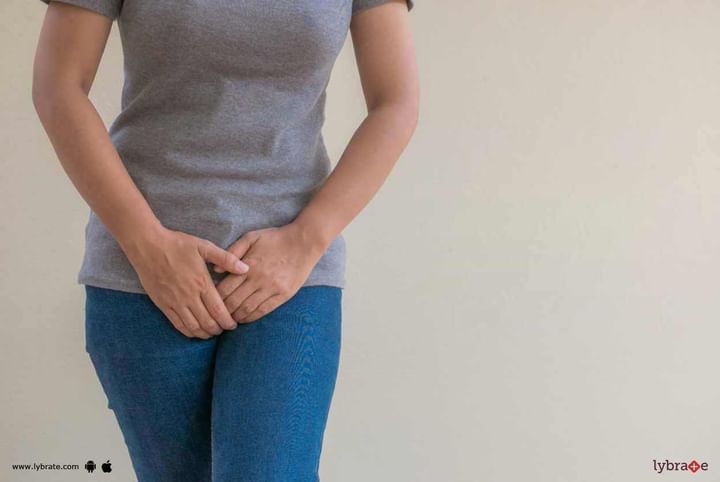Uterine Fibroids - Types & Diagnosis Of It!
Uterine fibroids are benign tumours that develop within the uterus during a woman’s reproductive years when the levels of oestrogen hormone are high. These are usually seen developing between 16-50 years of age and affect nearly 30% of all women by the time they reach 35 years.
Types of Uterine Fibroids -
Based on the site of location in the womb, uterine fibroids are broadly classified into four types, as mentioned below –
• Intramural Fibroids – These are the most commonly found fibroids in the uterus. These are rooted in the muscular walls of the womb.
• Subserosal Fibroids – These types of fibroids extend beyond the walls of the womb, and develop within the adjacent tissue layers outside the uterus
• Submucosal Fibroids – These are found inside the uterine cavity
• Cervical Fibroids – These originate in the cervix or the neck of the womb
Ways to Diagnose Fibroids -
Uterine fibroids are usually asymptotic. This means they grow without revealing observable symptoms. Therefore, the only way to detect the condition is to undergo a complete diagnosis at the clinic.
The following methods and tests can help detect uterine fibroids in women –
• Routine pelvic examination
• Ultrasound
• Magnetic Resonance Imaging or MRI
• Hysteroscopy – a small device, which has a camera attached to its end, is used to examine the womb from inside. The doctor will insert the device through your vagina, and then into the womb through the cervix. He/she may take a biopsy of the same to detect potentially cancerous cells if needed.
• Laparoscopy – this involves making a tiny opening in the skin of your abdomen and inserting a tube with an attached light and camera through the abdominal wall layers. The camera goes deep into the abdominopelvic cavity to examine the outer walls of the womb, and the areas surrounding it.
Once the diagnosis is confirmed, your doctor will recommend the appropriate treatment for uterine fibroids.
Treatment -
Treatment of uterine fibroids depends on the location and size of fibroids, as well as its symptoms. For example – if the fibroids are leading to heavy menstruation or severe lower back pain that may be affecting your quality of life, you will need to undergo the first line of treatment, which is medication.
• Medications – Non-steroidal Anti-inflammatory Drugs (NSAIDs) and birth control pills can help regulate ovulation cycle, thereby reducing bleeding and pain during periods.
• Levonorgestrel Intrauterine System – This is a plastic device placed inside the womb, which releases levonorgestrel hormone over a long period. This prevents the growth of the inside lining of the womb, which eases menstrual bleeding.
In case the symptoms are severe and extremely painstaking, you might have to go for surgery. The most commonly prescribed procedure is hysterectomy.
Hysterectomy refers to total or partial removal of the womb. The treatment is considered usually when you have large fibroids, which cause excessive bleeding. Complete hysterectomy can prevent uterine fibroids from recurring.
Although uterine fibroids are not cancerous, they can pose various complications, like infertility, internal bleeding, and DVT. Therefore, it is recommended that you lookout for symptoms of fibroids and get yourself diagnosed at the earliest.



+1.svg)
